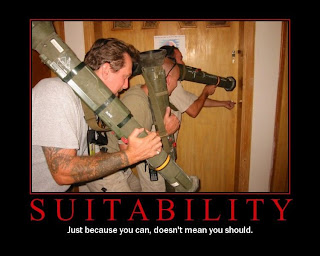
Himalaya bank was established in 1992 under a joint venture with Habib bank of Pakistan.It has five branches in Kathmandu Valley and eight branches outside Kathmandu valley.It has correspondence relationships with 178 international banks.It has recently installed Globus accounting software to provide better services to its clients.Himalayan bank accepts deposits and provides loans.The other services provided by it are:Tele-banking,all branch banking,Automatic teller machine,24 hour banking ,credit card,foreign exchange and letter of credit of etc.
HBL faces a number of problems in its credit card business.Most Nepalese people lack awareness about card.They feel that having a credit card involves extra costs in subscription and service charges.Moreover,not all the shops accept credit cards.
The use of credit cards is generally limited to city centers.Customers do not report loss of credit cards promptly.Fraudulent activities are increasing,especially in e-commerce transactions.Risks are getting higher.support from other departments of HBL is also lukewarm.
The top management of Himalaya bank fells that its credit card business needs streamlining and strengthening from management point of view.
HBL faces a number of problems in its credit card business.Most Nepalese people lack awareness about card.They feel that having a credit card involves extra costs in subscription and service charges.Moreover,not all the shops accept credit cards.
The use of credit cards is generally limited to city centers.Customers do not report loss of credit cards promptly.Fraudulent activities are increasing,especially in e-commerce transactions.Risks are getting higher.support from other departments of HBL is also lukewarm.
The top management of Himalaya bank fells that its credit card business needs streamlining and strengthening from management point of view.








































